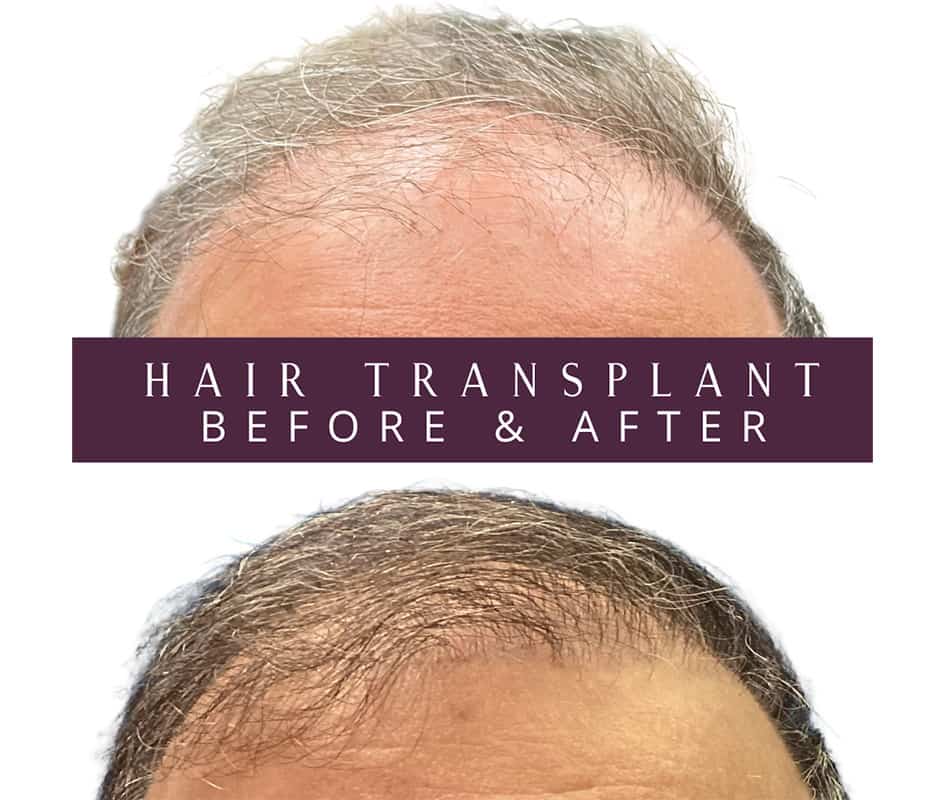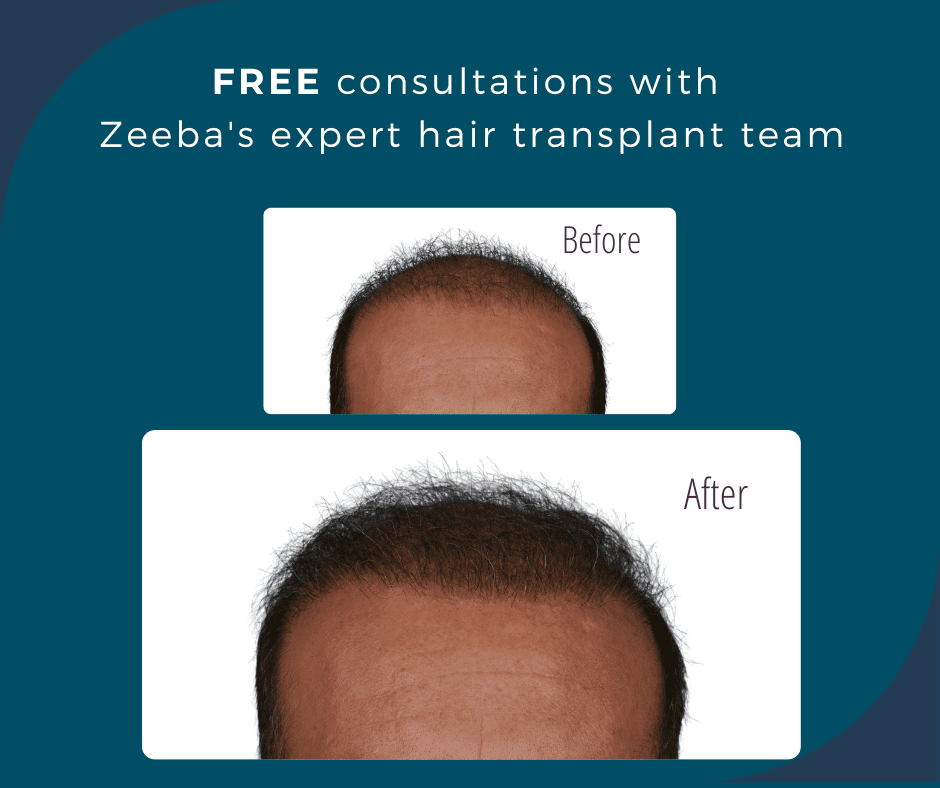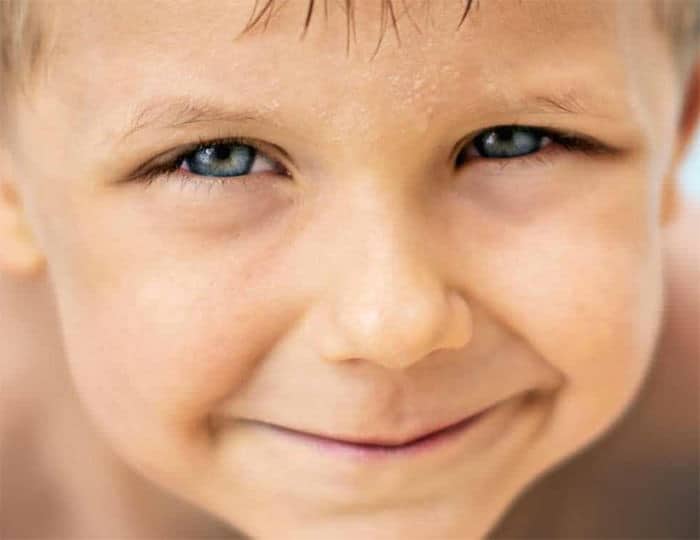
Also Offering Hair Restoration in Lyndhurst

Dr. Totonchi understands that hair loss is difficult for some patients. Hair loss is often the undesirable result of many different factors including genetics, underlying disease, stress, or injury. Certain drug reactions can also present as premature loss of hair and bald spots.
What is Hair Transplant Treatment?
Hair transplant is the leading, permanent treatment for hair loss, and is recommended by Cleveland plastic surgeon Dr. Totonchi, to patients who meet the hair transplant criteria. For those who have suffered premature hair loss, transplant can significantly enhance appearance and boost self-confidence.

The hair transplant procedure is conducted as an in-office procedure using the most advanced method of hair restoration without leaving the large, telltale scar of the follicular unit transplant (FUT)/ strip method. The advanced hair transplant technology of the NeoGraft 2.0, uses the follicular unit extraction (FUE) technique to harvest healthy hair follicles from areas of the scalp that are actively growing hair, to be transplanted in areas that are losing hair. This method has proven to be a highly successful procedure in managing hair loss in both males and females.
How is a Hair Transplant Procedure Performed?
First, a consultation with Dr. Totonchi, including a thorough medical history and medication review needs to be completed. Once the patient is examined and deemed an appropriate hair transplant recipient, a treatment plan will be created based on realistic expectations for improvement.
- An area of the scalp, with healthy hair growth, will be shaved to a short length and marked for use to transfer the healthy hair to the recipient site.
- The patient receives local anesthesia on the part of the scalp with healthy hair growth that the doctor will use to extract healthy follicles for transplantation.
- Individual, healthy hair follicles are then carefully harvested using the automated FUE process of the NeoGraft 2.0 device.
- Once harvested, the hairs are hand sorted and prepped for transplantation.
- The areas of the scalp that will receive the hairs will be cleaned aseptically to remove bacterial that can prevent transplant survival.
- Tiny incisions will be made across the balding area and the harvested hair follicles are placed carefully inside these incisions to replace the lost hair. It is common for hundreds, or thousands, of healthy hair follicles to be implanted during a single session of a hair transplant.
- The transplanted hairs will need time to adapt to the receiving areas and grow on their own.
Hair Restoration Surgery Recovery
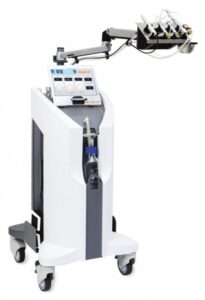
Immediately after the procedure redness and minor bleeding from the transplant and/or donor area may be present. A pressure dressing will be applied to the area of the scalp where grafts were harvested. This dressing should remain in place for at least 24 hours. The transplant site will be left uncovered. Some patients may have some discomfort during the healing period that is managed with medications. Antibiotics may also be used to prevent infection.
What Results Can I Expect From a Hair Transplant Procedure?
Due to advanced technology, hair transplants have a very high success rate and hair growth can be seen several months after the initial procedure. To promote healing and hair growth of the transplanted hair, Dr. Totonchi also offers the option of plasma rich protein (PRP) injections to the hair recipient site(s). To achieve your desired goals, the hair transplant procedure may need to be repeated. Dr. Totonchi will evaluate your cosmetic goals and expectations to create a treatment plan that is right for you.
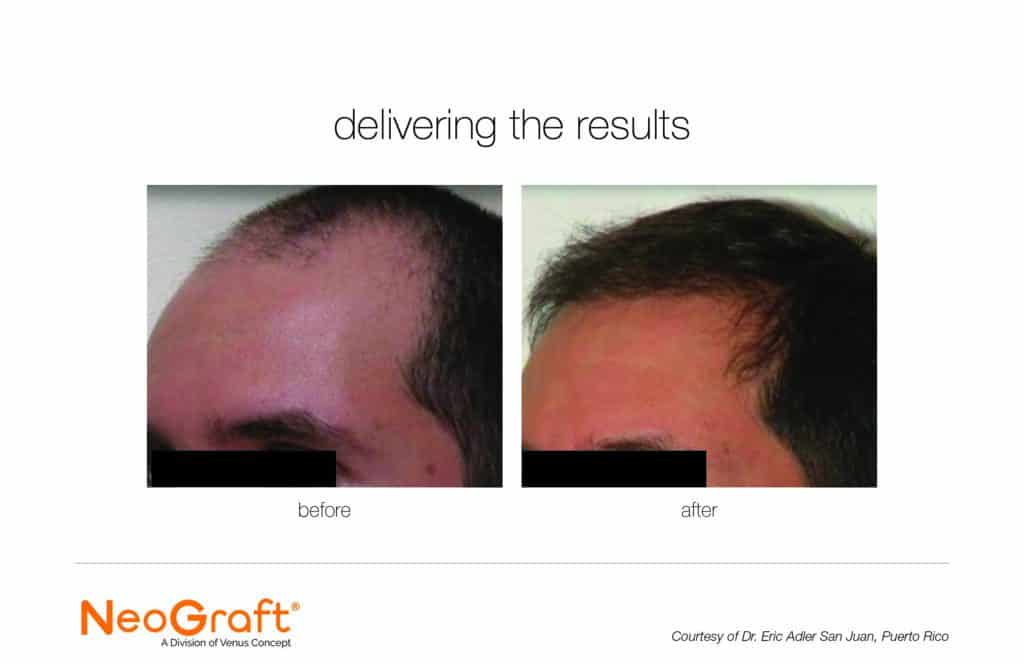
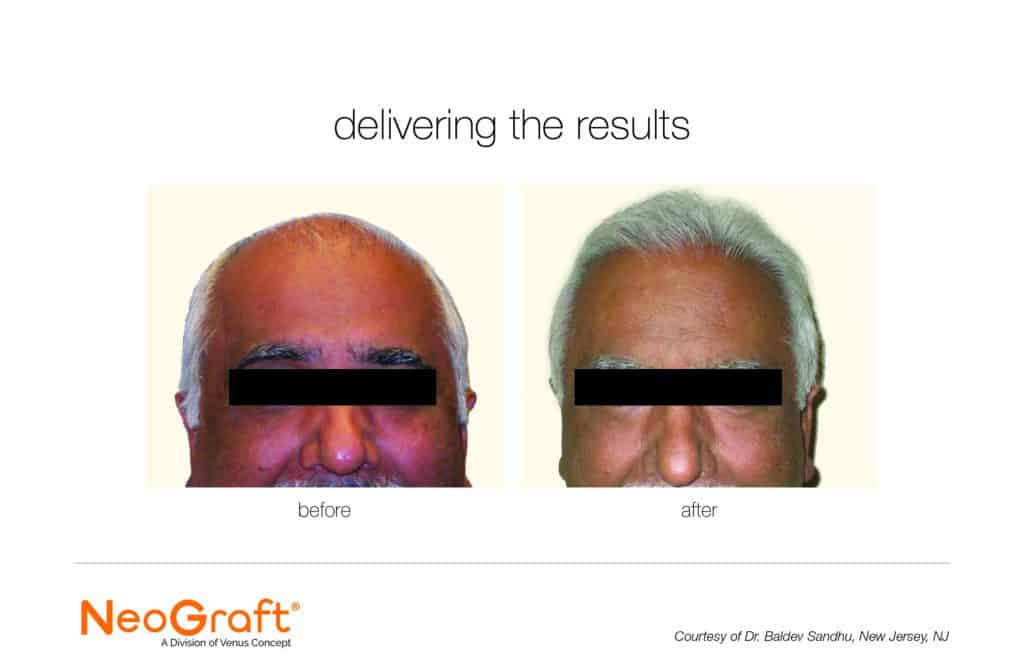
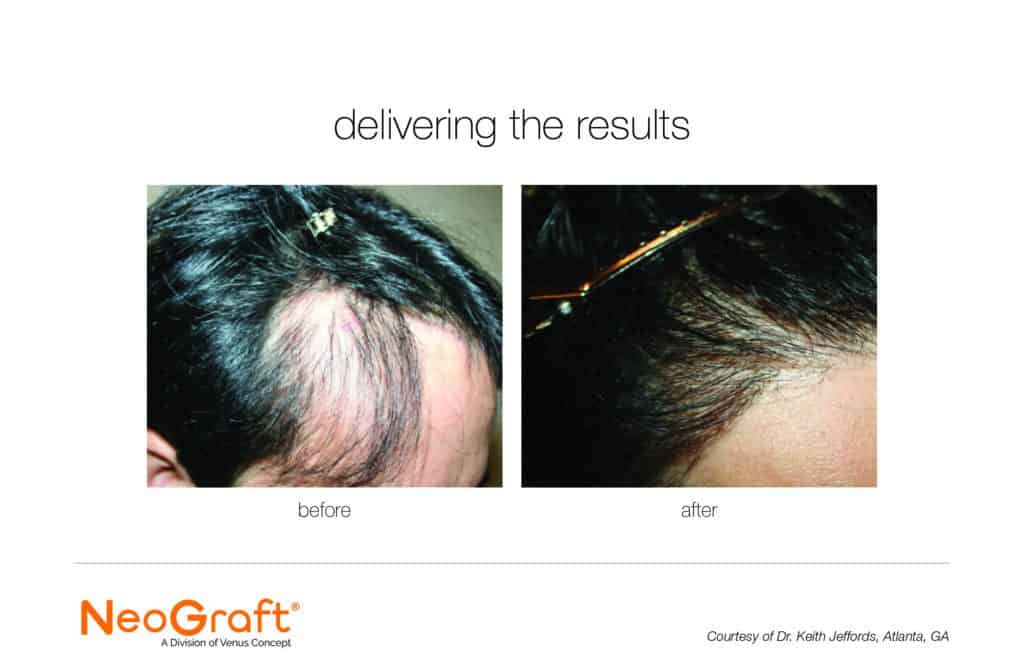
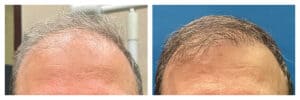
Are There Any Risks Associated With Hair Restoration?
As with any surgical procedure, there are always risks. Complications are rare, but they can include infection, excessive bleeding, and risk that some of the grafts will not survive and will fall out before establishing regrowth in the new location. If this happens, additional surgery may be needed.
Call us at (440) 461-7999 to schedule a consultation or visit our office at 29017 Cedar Road, Lyndhurst, OH 44124.

